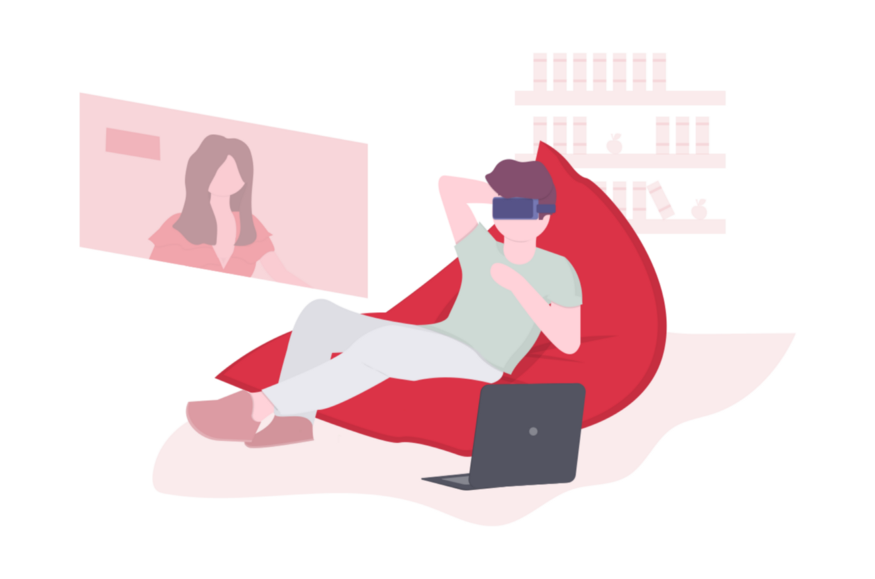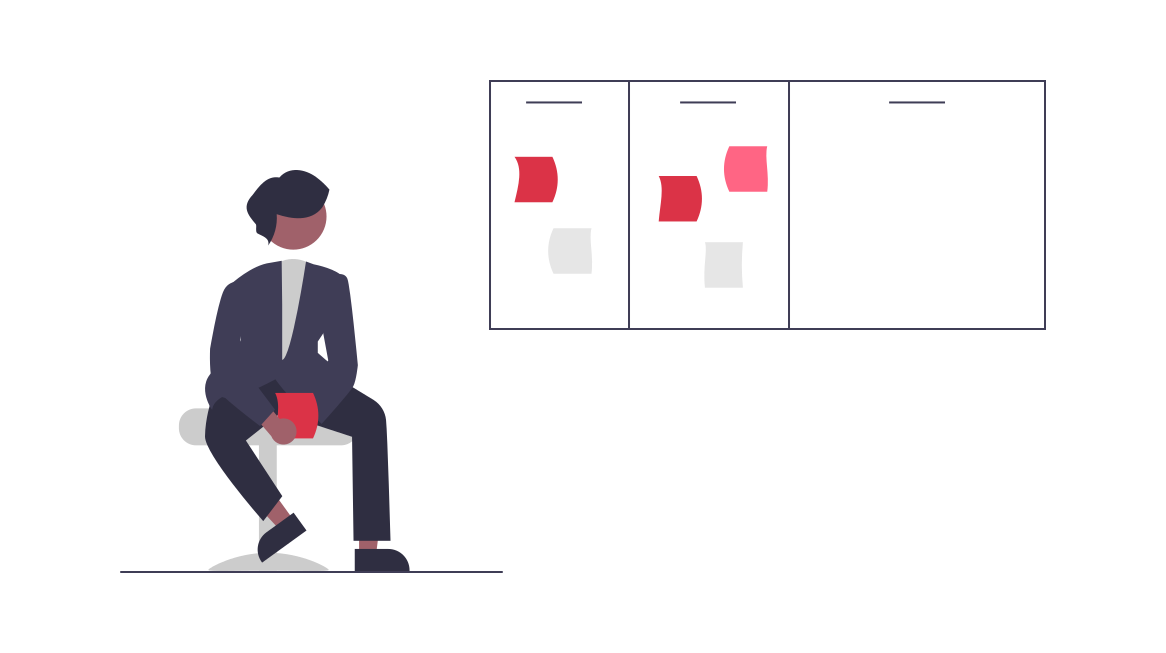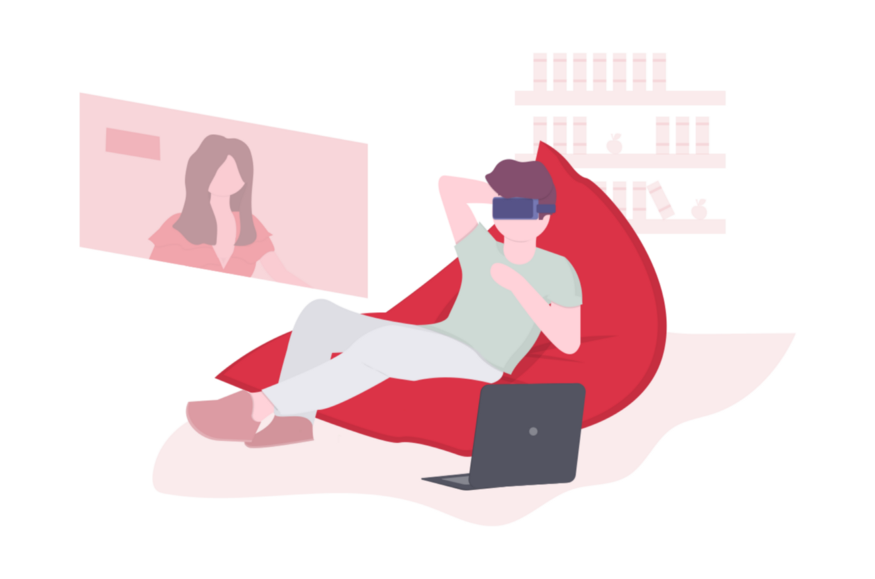
VR Can Help You Change Your Workplace Culture Virtual Reality gives putting yourself in someone else's shoes a whole new meaning — for the first time ever, you can actually experience life from someone else's perspective. VR is the first tool that truly allows us to understand life as it is experienced by others, an ability that we have been attempting to achieve for millennia through music, art, and literature.Diversity training is one area where immersive virtual reality can really help. Many have argued that diversity and inclusion efforts necessitate empathy, which allows us to understand what our marginalized colleagues and friends are going through. Virtual Reality could be the answer to that dilemma.Is Diversity Training Effective?

The effects of diversity training are inconclusive, with some researchers suggesting that it may be counterproductive, resulting in defensiveness rather than serious learning. Other research, on the other hand, suggests that diversity training may not have a long-term impact. The reality is that, while most Fortune 500 companies provide some form of diversity training to their employees, data on the impact of those programs is surprisingly scarce.Learners in traditional diversity training read various scenarios detailing microaggressions, discrimination, or harassment in a classroom setting. While such training may make it simple for learners to understand diversity and inclusion on a cognitive level, it may not be as effective in gaining emotional understanding. Those who have never felt excluded at work may find it difficult to comprehend the diverse experiences of those who have, while those who have experienced discrimination may find it difficult to share their stories. Furthermore, minorities and under-represented groups are frequently burdened with the extra work of having to explain their experiences to their coworkers — and it's critical to avoid exacerbating discrimination by doing so.Enter the world of virtual reality.

Virtual reality, fortunately, provides a solution to this issue. We can now better understand what it's like to be someone else thanks to virtual reality. In 2016, Stanford's Virtual Human Interaction Lab recognized virtual reality's potential as an empathy engine and launched a project to investigate how VR can help us all become better people. What role does virtual reality play in this? Virtual reality allows students to see the world through the eyes of someone else. Learners can see themselves reflected as someone else (someone of a different race, gender identity, physical ability, etc.) in an immersive virtual world and perceptually experience a scenario from that person's perspective.The Virtual Human Interaction Lab's project on racism, for example, employs an immersive virtual reality experience that allows users to walk in the shoes of a black man, among other things, and experience discrimination firsthand. Stanford's investigation is still ongoing, with many projects involved, but it has already yielded one positive result: virtual reality, when compared to other media, can help people become more compassionate. Researchers discovered that those who participated in the virtual reality experience "Becoming Homeless" were more likely to develop long-term positive attitudes toward homeless people than those who received information through a written narrative or played a non-immersive computer-based version. Stanford's project to make us better people is still in its early stages, and whether it will be successful remains to be seen, but such findings are encouraging.VR has the potential to break new ground in areas where previous diversity training efforts have fallen short.
Equal Reality, based in Australia, is one company that is utilizing this technology. Their product is a virtual reality experience that allows users to experience workplace bullying, harassment, and discrimination firsthand. Many of their scenarios are based on real-life situations. At the start of each immersive experience, mirrors are used to allow the learner to see themselves as someone else. Learners can, for example, experience what it's like to have assumptions made about them or their qualifications based on their gender, or what it's like to experience bias and have it ignored by colleagues. Co-founder Annie Harper, who experienced the effects of workplace unconscious bias firsthand as a woman engineer in a male-dominated field, is credited with the concept of Equality Reality.Much more research is needed to determine whether virtual reality will truly transform diversity training, but the early results are encouraging. Many people are skeptical about VR's ability to correct for unconscious bias, but the real question is whether it is more effective than other methods in combating discrimination.

You should also check out the following articles:
- VR BUYING GUIDE AND THE BEST VR HEADSET FOR 2022
- A meta market opportunity: The metaverse could soon be worth $1 trillion
- Facebook wants to build a metaverse. Microsoft is creating something even more ambitious.
- How to succeed in the virtual reality world of tomorrow?
- Books you must read about virtual reality
- Best New Augmented Reality Books To Read In 2021
- US$ 4.7 Billion- The global augmented reality gaming market
- The smart glasses revolution is about to get real
- Consumer Brands Reinventing Marketing in the Metaverse
- Imagine Making Money in Rec Room
- The biggest AR and VR predictions of 2022
- Apple hired Meta's AR communications lead ahead of the 2022 launch of the headset.
- Who Will Be in Charge of the Metaverse?
- The Kingdom of Abraham: The first Jewish metaverse
- Gen Z are planning to spend thousands on cryptocurrency, NFTs and metaverse
- According to Goldman Sachs, the metaverse must run on blockchain
- What You Can Create With a Small Piece of Land in the Metaverse
- How To Buy Land In The Metaverse?



